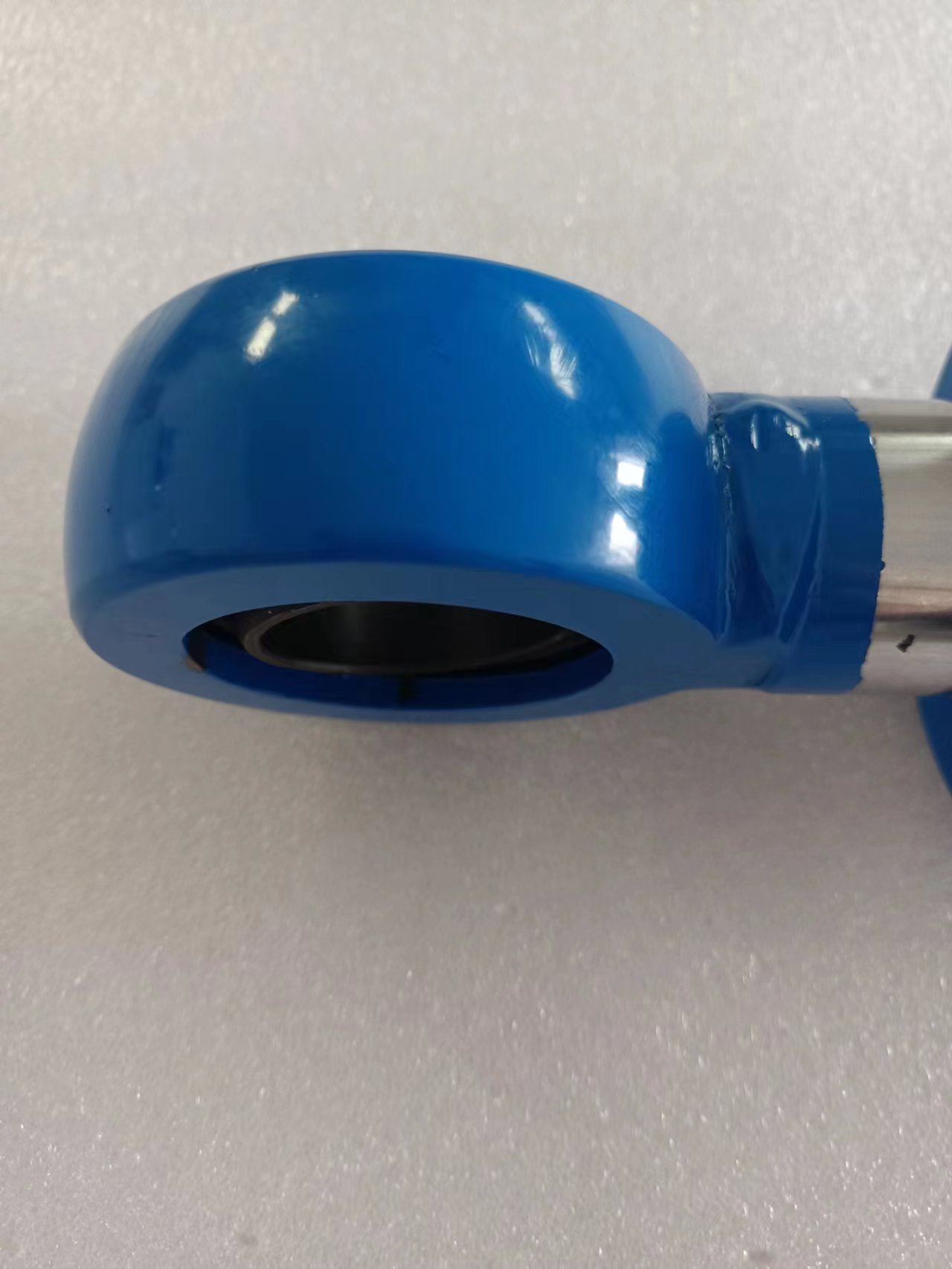Dec . 06, 2024 01:29 Back to list
parts for hydraulic cylinder factories
Understanding Hydraulic Cylinder Parts A Guide to Factories and Components
Hydraulic cylinders are essential devices used in various industries, including construction, manufacturing, and transportation. They convert hydraulic energy into mechanical energy, making them crucial for tasks requiring heavy lifting and force application. To ensure the efficient functioning of hydraulic cylinders, understanding their parts and components is vital, particularly for factories involved in their production. This article explores the key parts of hydraulic cylinders, their functions, and the role of factories in manufacturing these components.
Key Components of Hydraulic Cylinders
1. Cylinder Barrel The cylinder barrel is the main body of the hydraulic cylinder. It houses the piston and contains the hydraulic fluid. The material of the barrel is typically steel or aluminum, designed to withstand high pressure and ensure durability. Precision in the manufacturing process is crucial, as any imperfections can lead to leaks or failure.
2. Piston The piston is a crucial component that moves within the cylinder barrel. It divides the cylinder into two chambers the rod side and the cap side. The movement of the piston is what generates force in hydraulic systems. The piston is designed to have a tight seal with the barrel to prevent hydraulic fluid from leaking and to maximize efficiency.
3. Rod The rod connects the piston to the external equipment or load that needs to be moved. It transmits the force generated by the hydraulic cylinder to perform work. The rod’s surface is often treated to resist wear and corrosion, ensuring longevity and reliability.
4. Seals and Packing Seals are essential components that prevent hydraulic fluid from leaking out of the cylinder. They also protect the interior components from dust and contaminants. Different types of seals, such as O-rings and U-cups, are used to accommodate various pressures and operational conditions.
5. End Caps The end caps seal the open ends of the hydraulic cylinder, providing structural integrity and maintaining the internal pressure. They are typically bolted or welded to the cylinder barrel and must be designed to withstand the forces exerted during operation.
6. Ports and Fittings Hydraulic cylinders include ports for the hydraulic fluid to enter and exit. These ports must be precisely machined to fit the corresponding hoses and fittings, allowing for seamless fluid transfer. Proper fitting ensures that there are no leaks, which could lead to inefficiencies or system failures.
parts for hydraulic cylinder factories

The Role of Factories in Hydraulic Cylinder Manufacturing
Hydraulic cylinder factories play a crucial role in producing these components. The manufacturing process begins with sourcing high-quality raw materials, followed by precise machining and assembly processes. Advanced technologies, such as Computer Numerical Control (CNC) machining and hydraulic testing, are employed to ensure that each component meets stringent quality standards.
1. Quality Control Factories implement robust quality control measures to monitor the manufacturing process. Each part undergoes rigorous testing to ensure it meets specifications for pressure, dimensions, and material integrity. This is vital for performance and safety.
2. Customization Many industries require hydraulic cylinders tailored to specific applications. Factories often offer customization options, allowing clients to specify dimensions, materials, and other features. This flexibility is crucial for meeting the unique needs of different sectors.
3. Research and Development As technology advances, so do the designs and functionalities of hydraulic cylinders. Factories invest in research and development to innovate and improve their products. This includes developing new materials that enhance durability and performance while reducing weight.
4. Supply Chain Management Efficient supply chain management is vital for factories. Timely sourcing of materials and components ensures a smooth production process and helps meet customer demands promptly. Factories must maintain good relationships with suppliers and logistics providers to ensure a steady flow of resources.
Conclusion
Understanding the various parts of hydraulic cylinders and the role of factories in their manufacturing is crucial for anyone involved in industries that rely on this technology. From the cylinder barrel to the seals and ports, each component plays a critical role in the system's overall functionality. As factories continue to innovate and optimize their processes, the efficiency and reliability of hydraulic cylinders will only improve, supporting industries in their quest for productivity and performance. With ongoing advancements, the future of hydraulic power looks promising, paving the way for new applications and technologies.
-
1.5 Ton Lifting Cylinder 70/82-40-290-535 | Precision Engineering&Industrial Applications
NewsJul.21,2025
-
1.5 Ton Lifting Cylinder 70/82-40-290-535-Hebei Shenghan|Hydraulic Solution, Industrial Applications
NewsJul.21,2025
-
1.5 Ton Lifting Cylinder-Hebei Shenghan Hydraulic Machinery Co., Ltd.|High-Load Capacity&Industrial Hydraulic Solution
NewsJul.21,2025
-
1.5 Ton Lifting Cylinder-Hebei Shenghan Hydraulic Machinery Co., Ltd.|High-Load Capacity&Industrial Hydraulic Solution
NewsJul.21,2025
-
1.5 Ton Lifting Cylinder-Hebei Shenghan Hydraulic Machinery Co., Ltd.|High-Load Capacity&Industrial Hydraulic Solution
NewsJul.21,2025
-
1.5 Ton Lifting Cylinder 70/82-40-290-535 - Hebei Shenghan Hydraulic Machinery Co., Ltd. | High Performance, Durable, Industrial Use
NewsJul.21,2025
